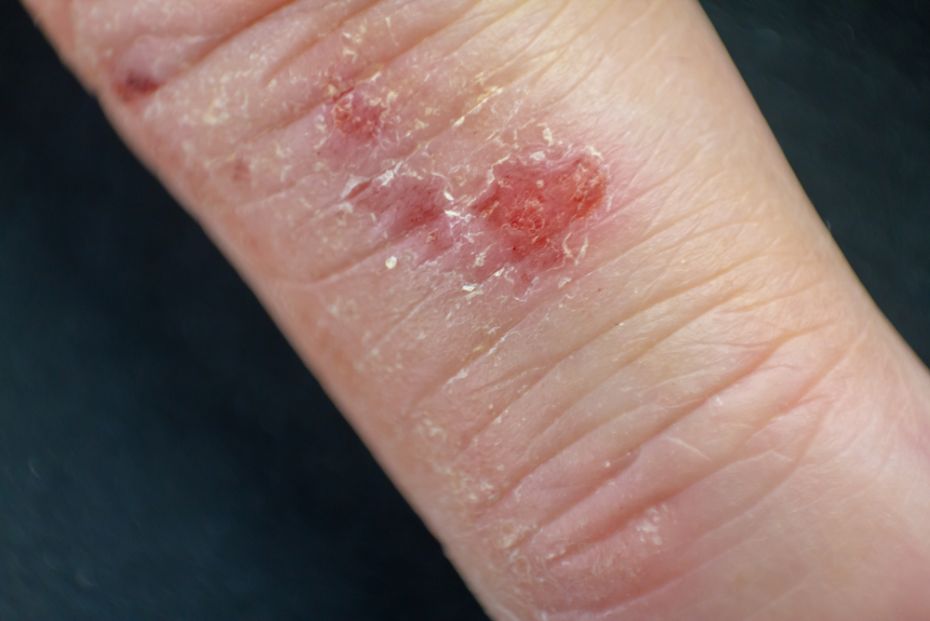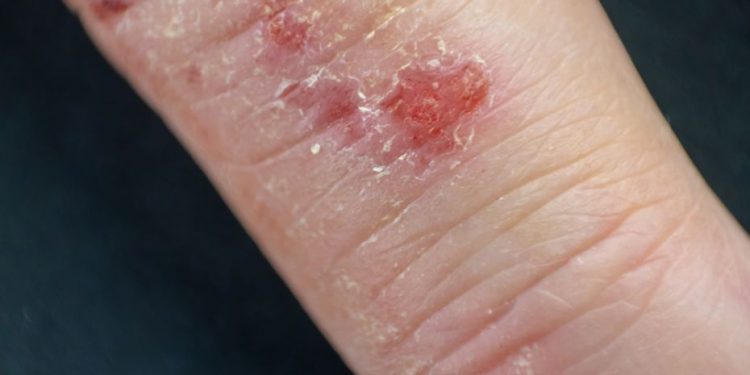Seborrheic dermatitis symptoms include flaky, white or yellowish scales that appear on the scalp, face, and inside the ears. They can also form on other oily areas of the body, such as the groin and central chest. It can occur with or without redness of the skin, and it usually causes itching.
It is most common in infants and young children, but can occur in adults as well. The cause of seborrheic dermatitis is not clear, but it seems to be related to a yeast called Malassezia. Some people seem to be more sensitive to this yeast, which leads to inflammation in the skin.
The most important thing is to get it treated as soon as possible. If left untreated, it may recur or worsen over time. There are many different treatments for it, and some are more effective than others.
In infants, seborrheic dermatitis (also known as “cradle cap”) typically resolves within a few months and doesn’t come back. In adults, however, the condition can be long-lasting and difficult to treat.
A doctor can diagnose seborrheic dermatitis by looking at the affected skin. The doctor will examine the scalp, eyebrows, forehead, and ears. If the rash is severe or itching is more intense than usual, the doctor might order a skin biopsy to see if it’s seborrheic dermatitis or something else.

The doctor may also want to check for other conditions that can look similar to seborrheic dermatitis, such as eczema or psoriasis. These are often easy to identify, since they can look like the scaly patches of skin typical of seborrheic dermatitis.
Some other skin conditions, such as psoriasis and eczema, can have inflammatory and itchy effects on the skin. But these are a different type of skin disorder.
If a doctor thinks that a person has seborrheic dermatitis, he or she will recommend treatment. The doctor might prescribe a shampoo or cream that contains an antifungal drug. It is recommended that people use this treatment twice a week until symptoms are controlled and once a week thereafter.
Other treatments include topical steroids, such as betamethasone valerate, desonide or fluocinolone, which are injected into the skin and applied to the scalp or other parts of the body where itching is bothersome. These drugs are also used to relieve itching and reduce the flaking of the skin.
These medications are safe for most people. But they should be used sparingly and only as directed by a doctor. They may thinning the skin and increase risk of infection, so they should be used for only short periods of time.
Your healthcare provider can also prescribe a medication that treats the Malassezia yeasts that are believed to be the root of seborrheic dermatitis. The medication will help control your symptoms and prevent flare-ups in the future.
You might need to change the amount of the medication or switch it to another type if you have severe or frequent relapses or your symptoms are more severe than they should be. Your healthcare provider can also recommend other treatments to manage your symptoms and keep them from coming back.









